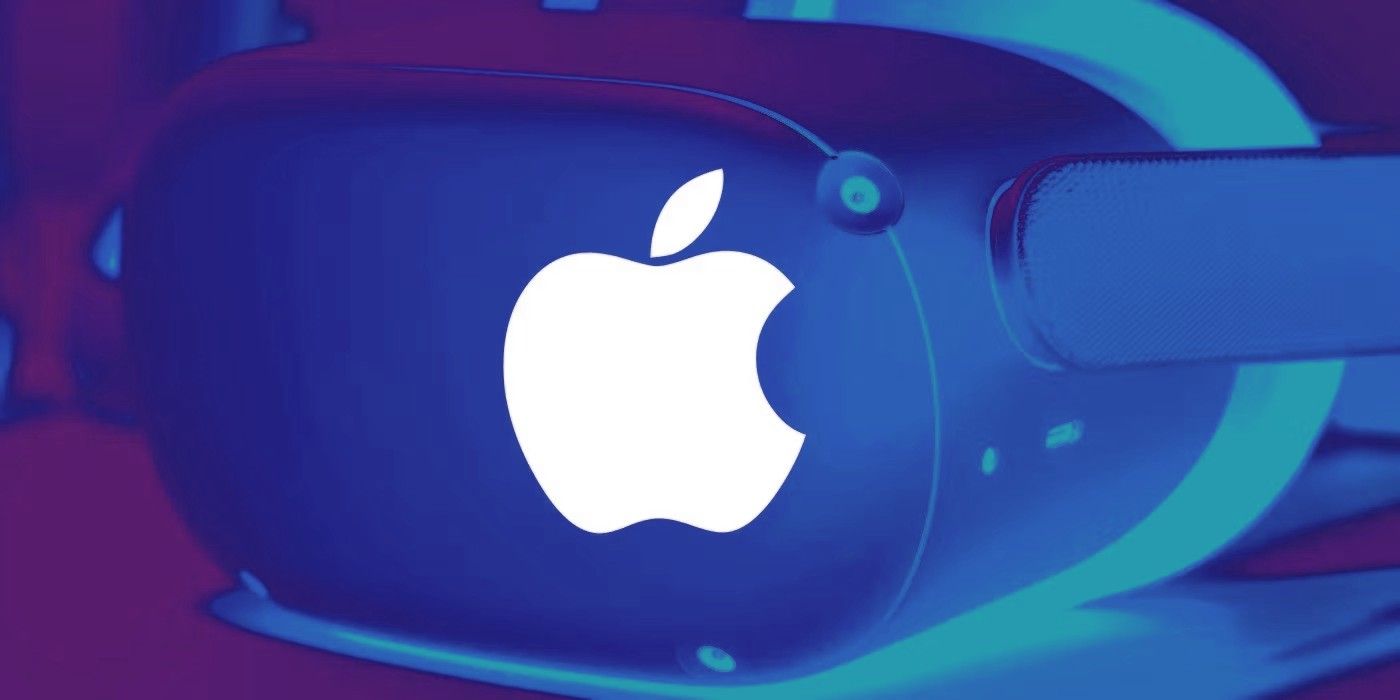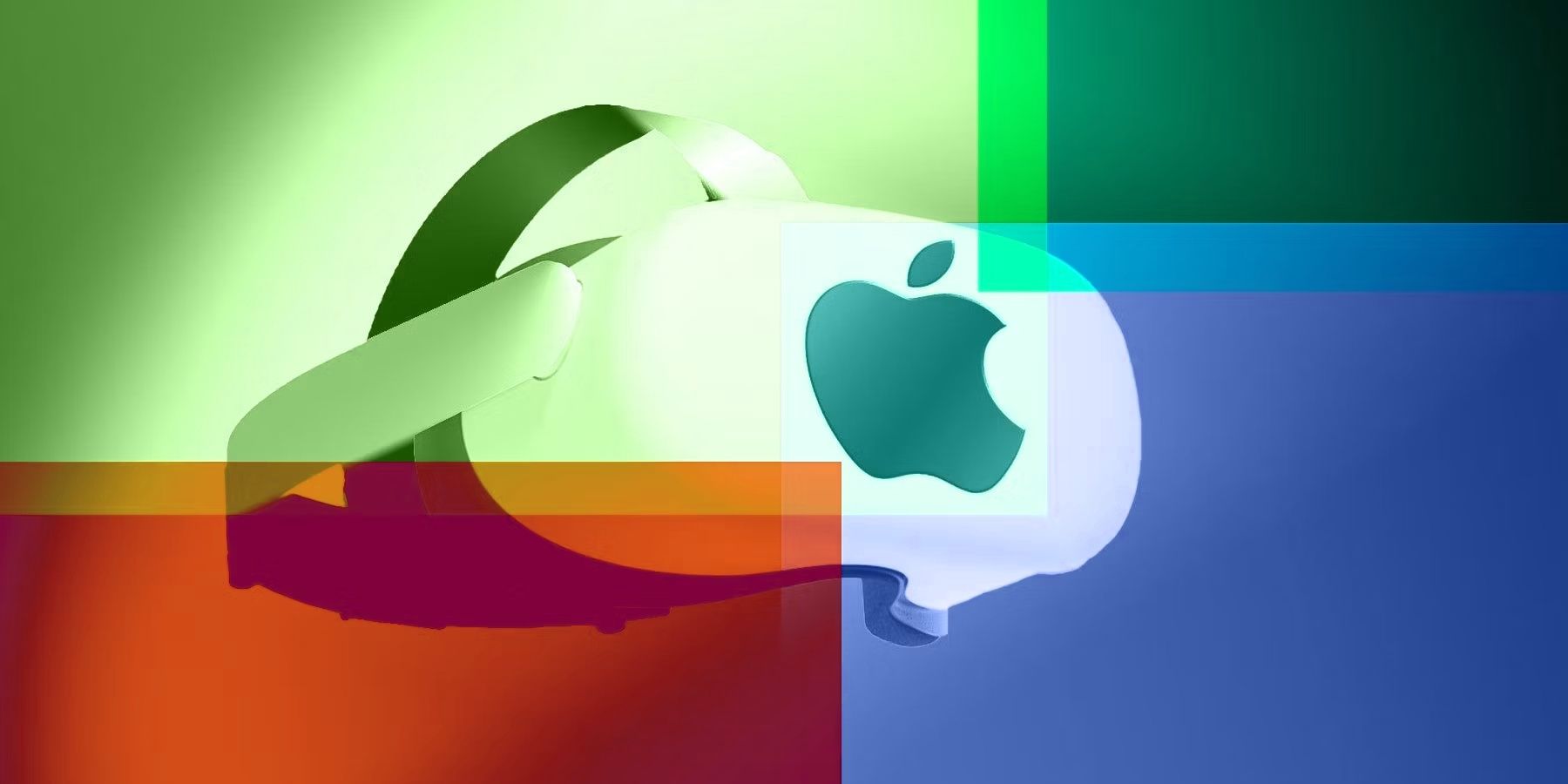Apple’s highly anticipated AR/VR headset might not be too far off in the future, as a reliable industry analyst suggests that the device might get an official unveiling in January next year. There were high hopes that Apple would finally spill the beans about its work on AR and VR at the WWDC event earlier this month, but that didn’t materialize. However, the company has started being less coy about its ambitions in the domain.
Earlier this week, CEO Tim Cook told a journalist to “stay tuned and you’ll see what we have to offer” when asked about the company’s approach to the world of AR and VR hardware. Leaks have already provided a glimpse of the headset’s purported design, and a few of its key attributes have also been making rounds of the leak arena. But it appears that excited fans won’t have to wait much longer to get their hands on the device, assuming they’re ready to pay north of $2,000 for it.
In his latest industry analysis report, TFI Securities analyst Ming-Chi Kuo notes that Apple’s headset “will likely release in January 2023.” Kuo adds that the headset is some of the most complicated hardware Apple’s designers have ever worked on. So far, a ton of exciting leaks and rumors have popped up online regarding the headset’s capabilities. The ever-reliable Mark Gurman at Bloomberg predicted that Apple’s wearable will rely on Memoji avatars to handle video calls in a VR landscape. The headset, which is supposed to run Apple’s own custom AR/VR operating system called realityOS, will also heavily employ the SharePlay framework to let multiple users tune in to watch a movie, play games, or listen to music. However, Apple is reportedly not building a metaverse of its own, unlike Facebook.
One Of The Most Advanced Headsets Of Its Kind
Coming to the headset and its specs, reports suggest that it will rely on a processor that is as fast as the M1 Pro chip inside the 14-inch and 16-inch MacBook Pro. However, there are also rumors swirling around about a processor + co-processor architecture, with the former deputed for heavy-lifting the intensive computing duties while the latter takes care of sensor functionality. The display, which is said to use micro-OLED panels supplied by Sony, will offer a staggering 8K resolution with video see-through facility, complemented by advanced limb tracking and environment recognition algorithms. Spatial Audio is also said to be a part of the package. Apple is also said to be porting some of the TrueDepth camera tech to its first AR/VR headset for body part tracking to execute gestures in the virtual world, eliminating the need for controllers.
Notably, Apple is rumored to have crammed as many as 14 cameras on its metaverse gear, which includes an array of outward-facing cameras for accurately tracking facial expressions. The headset’s development has reportedly been a topic of hot debate among the designers working on it, as it is said to have started as a tethered device and then turned into a standalone gadget. The final version has reportedly been locked from a design perspective and is said to have been demoed to the company’s board ahead of its rumored launch early next year. It is also worth noting here that the Metaverse Standards Forum — an industry-wide group of metaverse stakeholders that includes names like Meta, Microsoft, Unity, and Epic among others — doesn’t count a key player like Apple as one of its members.
Source: Ming-Chi Kuo/Medium, Cæsar Berardini/Twitter, Metaverse Standards Forum


